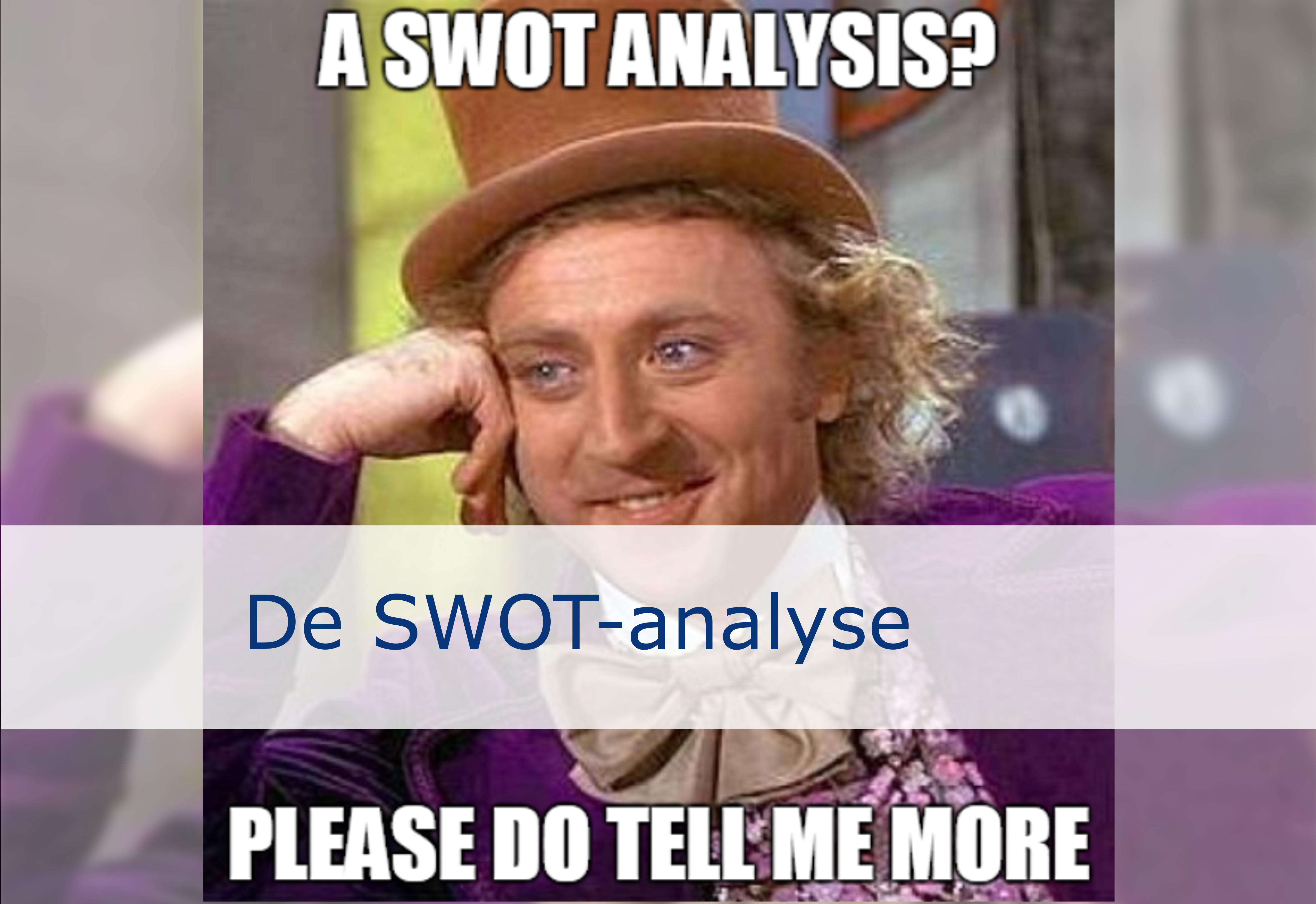ATTENTION. Smals offre des formations sur l'analyse business. Merci de privilégier d'abord les formations internes afin de tenir compte du contexte de Smals.
Plus d'informations en consultant ce cours (auto-inscription)

Durée de la formation : 1,07h
Are you interested in becoming a business analyst? Or are you currently working as a business analyst but feel stuck and uncertain about where your current job might take you? A career doesn't just organically happen. You need to strategically plan, take proactive steps, and keep a laser-sharp focus on goals. In this course, instructor Laura Paton provides tips to identify your career goals, establish a career plan, and seek out an array of opportunities to guide you to a successful business analysis career. Laura explains the importance of a structured approach to your career, examines the various roles and career paths available in business analysis, shows you how to create a skill inventory and analyze it against your desired career’s requirements, and more.
Topics include:
Ce cours n´est disponible qu´en anglais. Si ce n´est pas un problème pour vous, soumettez votre demande.

Durée de la formation : 24,05h
Ce cours n´est disponible qu´en anglais. Si ce n´est pas un problème pour vous, soumettez votre demande.
This course is in French only. If this is not a problem for you, by all means go ahead and apply.

Is business analysis a profession, a competency, or a research discipline? Would it confuse you if the answer to this question was all three? In this course, Laura Paton provides needed clarity by exploring the components of the profession and the necessary competencies to fulfill a business analysis role. She establishes a comprehensive viewpoint of the breadth of the business analysis profession, then helps you to recognize a core set of competencies required to effectively perform business analysis. She shows you how to make a connection between business analysis and research. Laura concludes by introducing you to the exciting variety of career paths that business analysis has to offer.
Topics include:

Interviews can be an effective component in identifying requirements during project planning, and help business analysts and project managers understand the project from the user's point of view. This course covers interview techniques that can help build relationships with project stakeholders and obtain accurate information about project needs. Author Angela Wick helps you identify when to use interviews, who to interview, and how to plan, conduct, and follow up on interviews.
Topics include:
- Identify why choosing to use interviewing is a top choice for elicitation in business analysis.
- Recognize the purpose of the interview process.
- Explore the steps to planning questions prior to an interview.
- Examine an example of a successful interview.
- Discover the essentials to laying out expectations.
- Identify the fundamentals of asking probing questions.
- Recognize the ideal ways to end an interview.
- Break down how to analyze and review notes before following up on an elicitation interview.
Ce cours n´est disponible qu´en anglais. Si ce n´est pas un problème pour vous, soumettez votre demande.
This course is in French only. If this is not a problem for you, by all means go ahead and apply.

Durée de la formation : 1,31h
When you're trying to grapple with user demands and market changes, it can be difficult to mentally zoom out and assess your organization's operations. Business process modeling helps you see the big picture by allowing you to translate your business processes into easily understood pictures. In this course, instructor Haydn Thomas walks you through the most widely used business process modeling diagrams—context, functional flow, cross-functional flow, and flowchart—and explains the purpose of each one. As Haydn touches on each modeling technique, he shares its unique features, explains how to use that technique to create a diagram, and points out how to avoid common pitfalls. He pulls it all together by comparing process diagrams so you can select the right one for your organization.
Topics include:
- Using common modeling tools
- Determining when to use a modeling diagram
- Avoiding the pitfalls associated with each diagram
- Creating diagrams
- Leveraging key stakeholders
Ce cours n´est disponible qu´en anglais. Si ce n´est pas un problème pour vous, soumettez votre demande.

● Business Analysis basics – learn what a Business Analyst is, what they do, and how they do it
● A breakdown of six project methodologies including traditional Waterfall and Agile frameworks
● Learn how to properly initiate a project by creating a business case that aligns with the business objectives
● Understand the basics of project requirements and six of the popular techniques used to elicit those details from your stakeholders
● Gain an overview of various modeling diagrams to help you recognize and understand project documentation
● Conduct requirement specification - including categorizing, deriving (breaking apart), prioritizing, and validating
● Have the confidence to successfully facilitate requirements approval meetings
Demande de formation

Demande de formation

Demande de formation

Discover exactly how to become one of these invaluable employees by learning how to “model” – the art of making complex thoughts, ideas, requirements, and processes easier to grasp by putting them into graphical formats that anyone can understand.
This course will teach you the basics of eight of the most popular modeling techniques in the industry.
- Process Flowcharts
- SWOT Analysis
- Use Cases
- User Stories
- Stakeholder Maps
- RACI Matrices
- Scoring Matrices
- Organizational Charts
